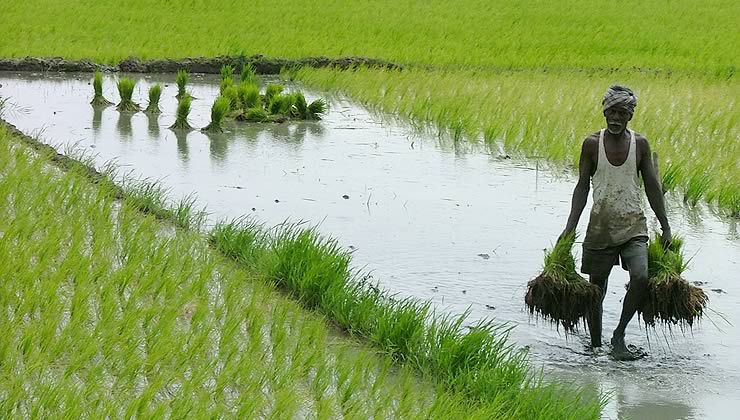1. Crops: India is one of the largest producers of food crops in the world, including rice, wheat, sugarcane, cotton, pulses, and vegetables. The country is also known for its high-quality spices, tea, and coffee.
2. Irrigation: A significant portion of India's agriculture relies on irrigation, with both surface water and groundwater being used. Major irrigation projects like the Indira Gandhi Canal, Sardar Sarovar Dam, and Godavari River Basin have helped increase agricultural productivity.
3. Farming practices: Indian farming practices vary widely depending on the region and the crop being grown. Traditional farming methods like crop rotation, intercropping, and organic farming are still widely practiced, but modern methods like mechanization and use of fertilizers are also being adopted.
4. Land ownership: Land ownership is a complex issue in India, with small landholdings being the norm. This has led to challenges in terms of mechanization, access to credit, and overall productivity.
5. Government support: The Indian government has implemented a range of policies to support the agriculture sector, including subsidies, crop insurance, and minimum support prices for crops.
Despite the challenges facing the agriculture sector, Indian farmers continue to produce significant amounts of food and other agricultural products, helping to feed the country's growing population and contribute to its economy.

0 Comments